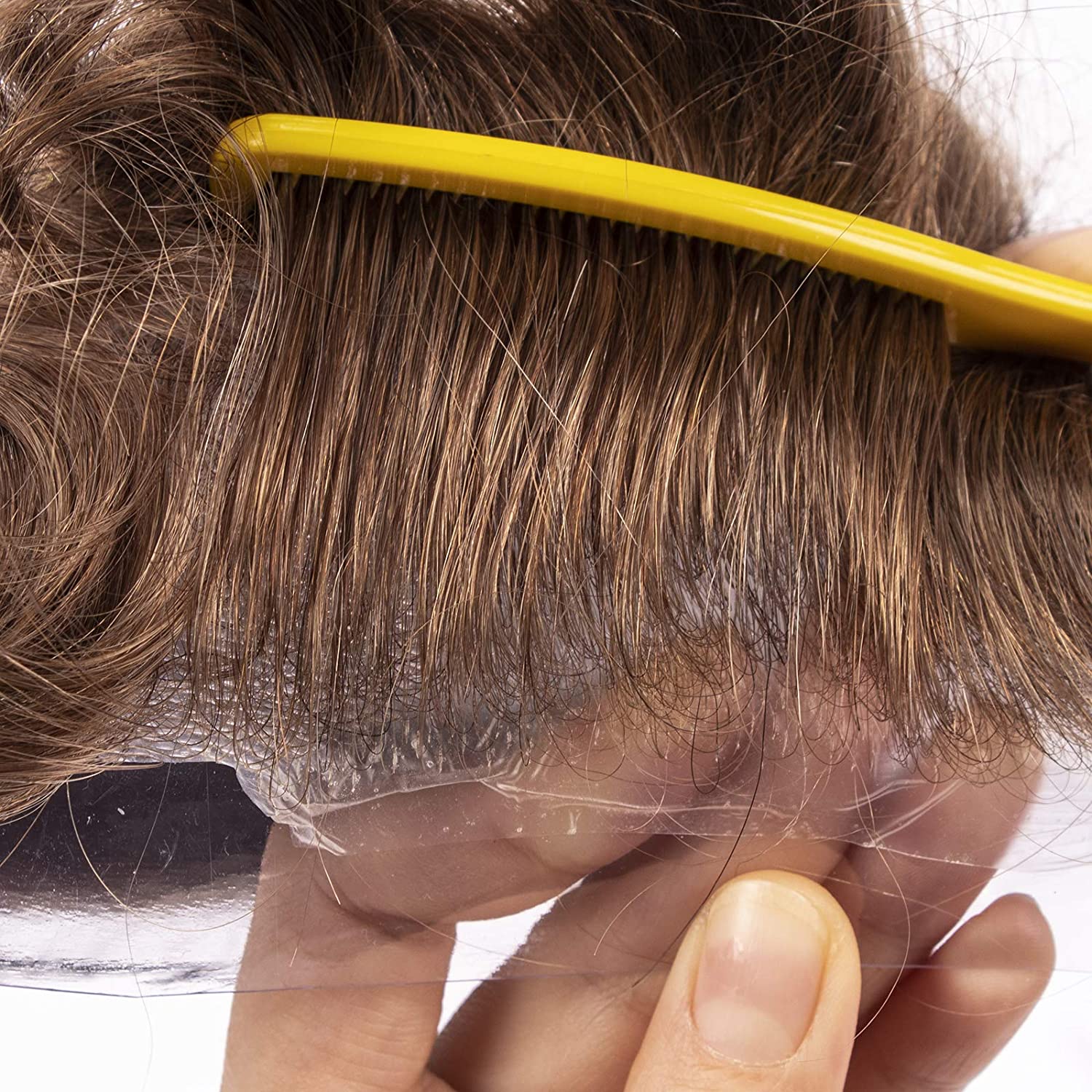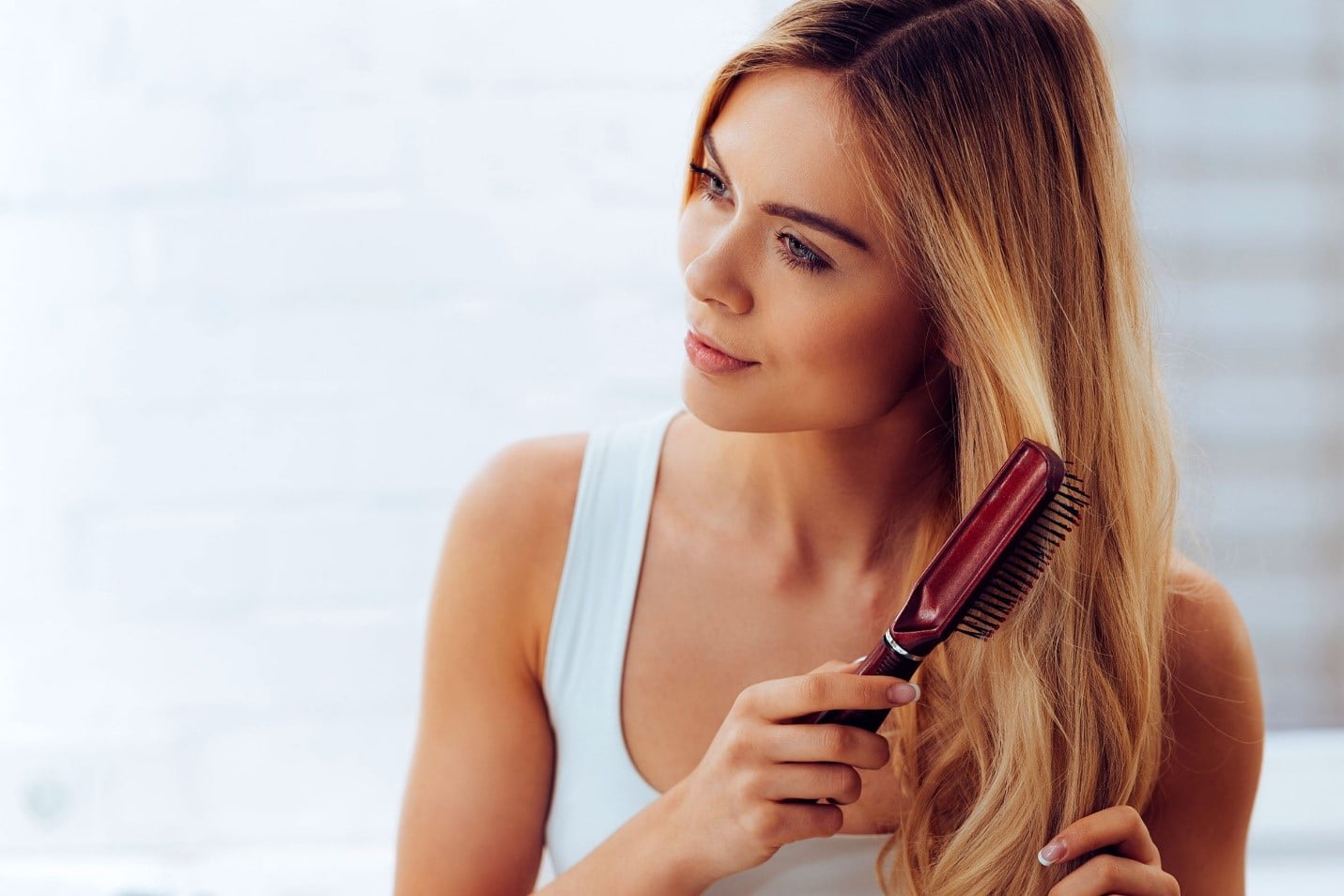As we get older, the signs of aging start to pop up in a variety of ways.

When we get up in the morning, we feel a little ache. We don’t recover from that night out as easily as we used to. Maybe a new wrinkle emerges, or you have a vivid memory that you suddenly realize happened 30 years ago. It really has been so long since the 90s.
Your hair is one of the most obvious signs that you are getting older. Most of us notice that our hair starts to get thinner as we age. You can slow down hair aging.
Everyone’s Hair Is Unique
As celebrity stylist Cédric—the owner of Cédric Salon at Lotte New York Palace Hotel—explains, the hair type and texture on every person’s head are different. And no matter what you do to your hair, you can’t change how it will grow.
“Each person has a unique hair type and texture—it’s the hair that grows out of your scalp, and it’s always going to be the true texture of your hair. Even if someone goes for a straightening treatment, it’ll only affect the bottom half of the hair. Meaning, if you have naturally wavy or curly hair, it will still grow in that way,” Cédric told Real Simple.

However, just because you can’t change how your hair grows doesn’t mean the same goes for the aging process of hair. There might be a change in the texture or thickness of your hair. And when you hit your late 30s and early 40s, you will probably start to discover that the same products and styling techniques you used in your 20s don’t work anymore.
The Basics of Hair DNA
According to Dr. Sue Chan—a consultant dermatologist at Birmingham Skin Centre—our hair DNA contains genetic material, which determines everything about what our hair will look, feel like, and how it will grow.
“Our hair follicle contains nucleic acid DNA, while our hair shaft contains mitochondrial DNA. It provides essential information forming the basis of how our hair grows, contributing to the color, texture, strength, and response to UV damage,” Dr. Chan explained.
Permanently changing those hair DNA building blocks isn’t possible without mutation from disease. It doesn’t matter what I do to thick, curly hair. It will never be straight and smooth. It is possible to break the hair’s bonds that hold it together.
Philip Kinglsey brand president, Anabel Kingsley, says that there are three types of bonds in the hair —hydrogen, disulfide, and salt.
“Hydrogen bonds are broken by water, which explains why our hair becomes frizzy in humid weather. Disulfide bonds are broken with chemical processing like perming or chemical straightening, and salt bonds are broken by pH changes,” Kingsley states .
.
The Scalp Ages, Too
As we get older, many of us tend to fight the signs of aging on our face and neck. But even though the scalp “ages at the same rate and encounters daily stress like our skin,” it gets completely ignored, says Dr. Chan.
The effects of years of washing hair with hot water, tight styles, and stressors like the environment can take their toll. It can slow down nutrients and blood flow to the scalp. This can alter the hair DNA, causing hair loss.
This Hair DNA Type Ages The Quickest
Stylists and trichologists say that the most fragile hair type is curly, wavy, and coiled textures. It’s bad enough that the twists in curly hair can create weak points. But when you combine that with what our curly Q’s tend to do to our hair on a daily basis—brushing, heat styling, and chemical processing—the hair’s condition can get even worse.
Kingsley recommends that curly hair have a routine that includes nourishing and hydrating ingredients. You should search for products that include avocado oil, vitamin E, and essential fatty oils.
Several Things Cause Hair DNA To Age
The hair DNA can age for a lot of different reasons. Hormonal, mechanical, as well as chemical, are the main culprits. Certified trichologist Gretchen Friese says that when the hair is changed hormonally, the changes come from the follicle and can increase oil production. This will make your hair greasier.
These mechanical changes usually occur when heat is applied to the hair shaft. These chemical changes occur when someone alters their hair’s texture or color.
And even though most of us don’t spot our first gray hair until our 30s, Kingsley points out that our hair has been aging our entire lives.
“As we get older, the cells in our hair follicles that produce melanin or pigment gradually reduce, causing new hair strands to grow unpigmented or white,” Kingsley explains. “Gray is not actually a hair pigment in itself—it’s a color that results from a combination of normally pigmented hairs interspersed with white ones and turns from grey to white when all hair pigment cells stop being produced.”
Your hair might start to feel drier or coarser as it grays, and that’s because the sebaceous glands—which are attached to each hair follicle—are starting to secrete less oil. This means it’s possible to keep the natural integrity of your hair DNA from weakening if you take care of your scalp with regular treatments.

How To Slow Down The Hair Aging Process
There’s no magic pill when it comes to slowing down hair DNA from aging. As we get older, our strands will gradually get finer and won’t be able to grow as long as they used to. The good news is that you can influence the extent of this change by changing your lifestyle, hairstyle, and diet.
To keep your hair DNA as healthy as possible—and to slow down that aging process—proper scalp care should be part of your regular health and wellness routine. Make restoring moisture to your hair’s cuticle a priority, and limit the heat styling and chemical processes.
This won’t completely stop those unwanted gray hairs or completely prevent thinning, but it will definitely slow down the process.


